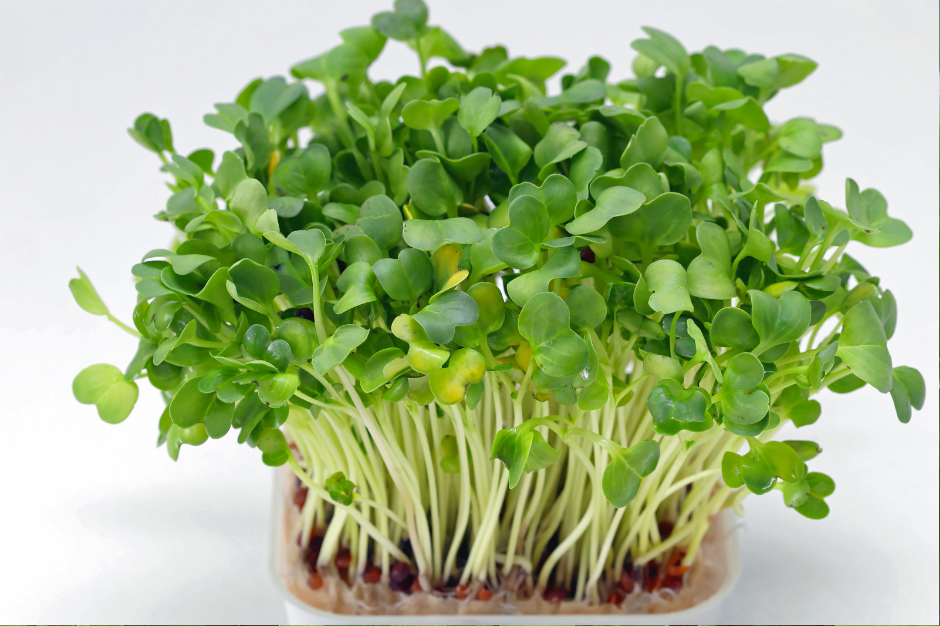The correct name for watercress is nasturtium officinale and it belongs to the family Cruciferea.
Cress is native to Europe and Asia, common in Great Britain and widely naturalized in the United States and Canada. It has also been introduced into the West Indies and South America. Nasturtium officinale is called watercress in Great Britain and America, Brunnenkress in Germany, Crescione in Italy, and Nerokarthamon in Greece.
As a matter of record, the Greek name Kardamon, broadly translated, means head subdoer and it was thought in ancient Greek in times that Watercress would cure a deranged mind.
Watercress is the most ancient of green vegetables known to man and its use can be traced back to the Persians, Greeks and Romans. In fact, a famous Persian chronicler advised Persians to feed cress to their children to improve bodily growth. He also strongly recommended its use to the Greek and Persians soldiers of that time. Although these eminent rulers knew nothing of such matters as mineral content and vitamins, they did observe that their soldiers were in better condition when this plant was made part of will and diet.




